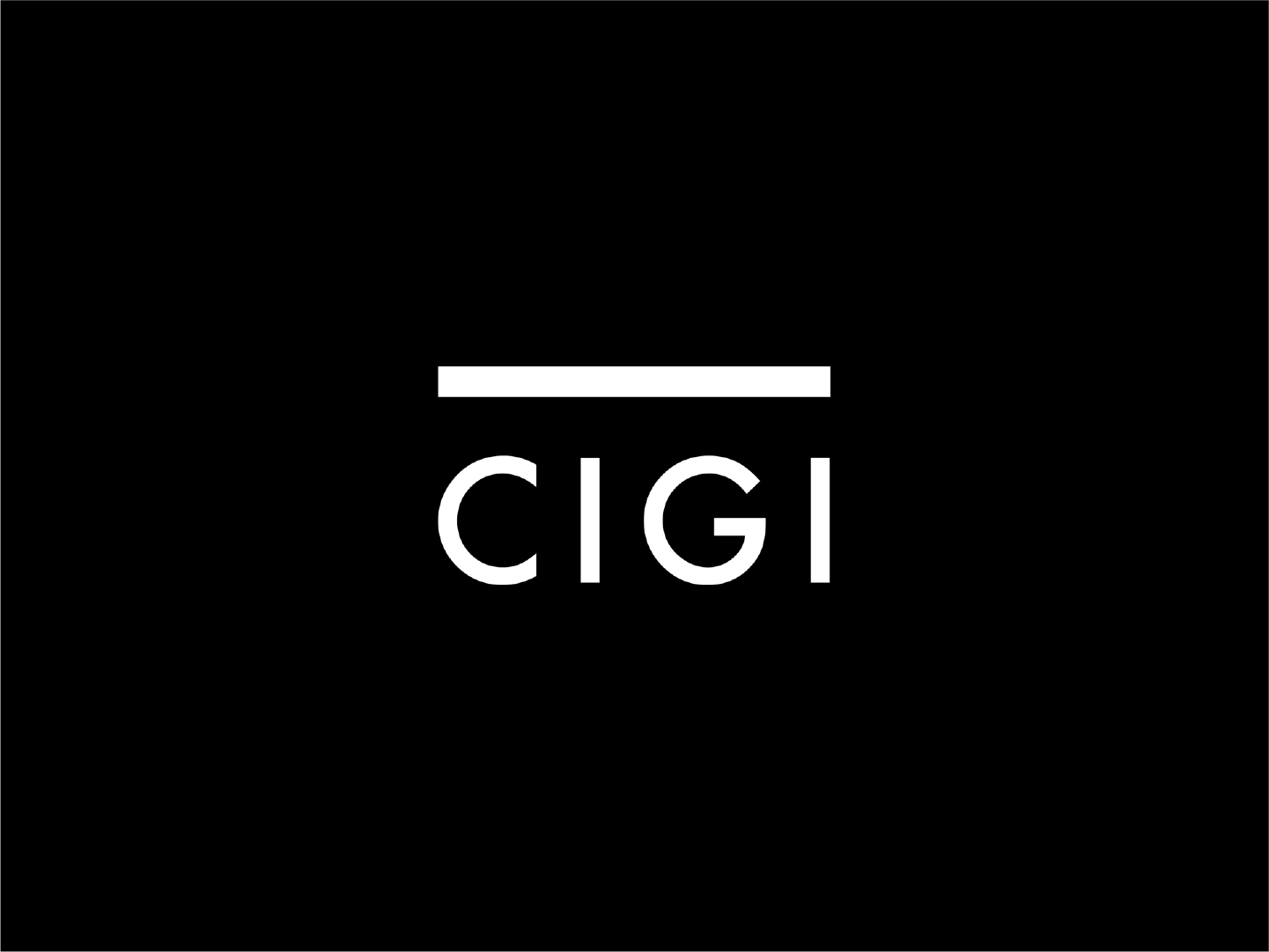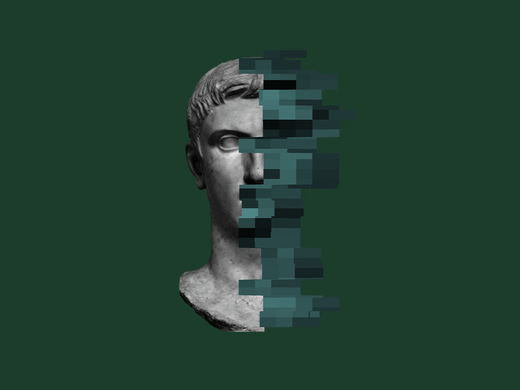While there are undoubtedly circumstances in which limits on online speech are warranted, there is an approach both less intrusive and more likely to foster freedom of thought: promoting digital media literacy education.
Not long ago, it was taken for granted that networked media would be a boon for freedom of thought and expression. The internet, according to Electronic Frontier Foundation co-founder John Gilmore’s famous dictum, “interprets censorship as damage [to the network] and routes around it” by finding alternate paths for censored information to follow.
The past decade, though, has demonstrated that censorship can take less visible forms: online spaces where members of marginalized groups keep silent for fear of harassment; the “heckler’s veto,” where points of view are drowned out by a torrent of harassment and abuse, amplified by digital tools; and even the self-censorship of “algospeak,” which is the substitution of neologisms or code words for ones that might lead to a post being hidden or downranked (such as “mascara” for sexual assault or “le dollar bean” for “lesbian,” both topics that are widely thought to be censored or downranked on most social networks).
Even the idea that censorship should be avoided is becoming a thing of the past: eight in 10 Canadian youths agree that online platforms should supervise users’ posts and take down bad content, while a survey found that most Americans believe the government should take steps to restrict online content, even if this limits freedom of expression. Similarly, a report found that 91 laws have been enacted or amended worldwide since 2016 that address disinformation, a majority of which have at least the potential to restrict press freedom.
Each of the four competencies of digital media literacy — the ability to access, use, understand and engage with media of all kinds — is essential to freedom of thought. In a digital environment, both our thoughts and our actions are influenced by the design of the tools we use, whether that is a recommendation algorithm that preferentially feeds us outrage-provoking content or a user interface that prompts us to react without thinking. Digital media literacy also fosters civic engagement and empowers users to participate in shaping the norms and values of online communities, pushing back against the silencing effects of hate speech and reducing the need for heavy-handed censorship.
Whether our primary concern is disinformation, hate speech and harassment on digital platforms, or the laws aimed at controlling these, a strong commitment to digital media literacy is necessary to ensure freedom of thought and expression.
However, it’s not sufficient to teach these skills only to young people: not only did older generations not learn this in school, but the constantly changing nature of technology and the media ecosystem also makes lifelong learning essential. Also, not all approaches to digital media literacy are equally effective. Just as recent research has identified better methods for teaching print literacy, we now know that some older digital media literacy strategies — in particular, those based on the currency, relevancy, accuracy, authority and purpose test and similar checklists — are not only ineffective but also make students less able to accurately evaluate online information.
Digital media literacy must also be updated to recognize that we are no longer just consumers but also users of media, with core competencies in using media tools, understanding media through critical interrogation, and engaging with and through media as digital citizens. Teachers need support to effectively teach critical thinking so that students do not simply learn to “question everything” but also acquire the skills to answer those questions, to recognize the hallmarks of a source that is worth our critical attention, to understand how knowledge is produced and evaluated in different disciplines, and to learn different ways of justifying a claim. Much more research needs to be done, however, to identify best practices in every aspect of digital media literacy — and in many countries, including Canada, to simply get a snapshot of what is currently being taught.
Whether our primary concern is disinformation, hate speech and harassment on digital platforms, or the laws aimed at controlling these, a strong commitment to digital media literacy is necessary to ensure freedom of thought and expression. This must extend not just to the access infrastructure on which governments so often focus (although this is, of course, essential, especially in areas and communities that remain underserved), but also to promoting critical thinking and civic engagement. We also need a media-literate populace to be able to identify those cases where regulation and legislation are appropriate and to distinguish between effective and ineffective approaches.
While the internet has not turned out to be the utopia for free thought and expression that was once promised, it has nevertheless become where our politics — and our lives — happen. If we do not want to cede this space either to the hate groups and quack-medicine purveyors who abuse it, or to heavy-handed limits on freedom of thought and expression, we must commit to making sure that everyone has the skills, knowledge and understanding they need to be active and engaged digital citizens.



